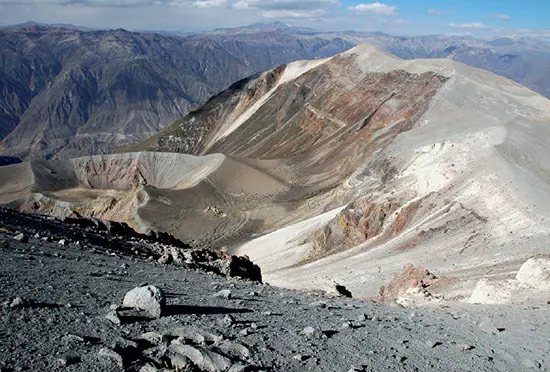The Huaynaputina eruption in 1600 stands as a powerful reminder of nature’s volatility. Located in the Andes of southern Peru, this eruption was not only a significant geologic event but also a catastrophic natural disaster. Days before the main eruption, local residents experienced earthquakes and witnessed steam eruptions, signaling the impending crisis. On February 19, Huaynaputina exploded, sending a massive Plinian plume of ash and smoke into the stratosphere and drastically impacting global climate for years.
The eruption’s immediate effects were devastating. Ash and pyroclastic flows inundated nearby rivers, forming lahars that obliterated forests, fields, and towns along their path to the sea. The impact was extensive, with villages buried under ash and an estimated 1500 lives lost during the eruption and its aftershocks. Huaynaputina’s eruption is the latest in a series of colossal volcanic activities in the Andes, highlighting the ongoing geological dynamism of the region.
This event underscores the critical need for continued diligence in volcanic monitoring, particularly in active regions like the Andes. The accounts from Huaynaputina provide valuable insights, reinforcing the importance of preparedness and early warning systems to mitigate the effects of such powerful natural phenomena.

